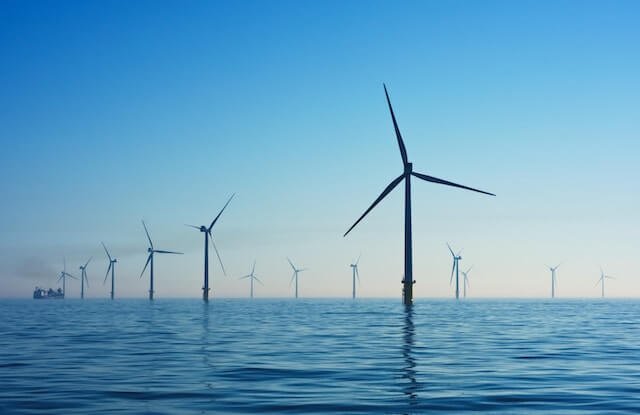In a world striving towards sustainability and renewable energy sources, offshore wind farms are becoming an increasingly attractive option. They offer a fantastic source of clean energy. Just one large turbine has the potential to power thousands of households. This could realistically reduce our carbon footprint.
This blog post will explore the process of setting up offshore turbines. We’ll also discuss why this energy production is crucial for reducing greenhouse gas emissions.
What are offshore wind farms
Offshore wind farms are collections of large turbines installed in the ocean. The power of waves and tidal energy generate electricity. This electricity is then sent back to us on land via underground cables.
This form of renewable energy has several benefits, such as reducing our dependence on fossil fuels and helping fight climate change. Additionally, it provides a steady source of income to local areas, especially those along the coast. It also helps preserve the natural environment in these areas due to its low-impact construction and operation.
Why are they beneficial for the environment
All over the world, countries are starting to recognize the potential of global offshore wind energy production. The United States has enormous potential for offshore wind development, mainly along the Atlantic and Pacific coasts. Offshore wind development could help significantly reduce our nation’s reliance on fossil fuels and greenhouse gas emissions.
Public awareness of renewable energy sources is increasing, allowing us to progress in this field. We can reduce our impact on the environment by using these resources. Renewable energy sources are a great way to do this.
The technology used to power offshore wind turbines.
Offshore wind farms are massive structures requiring significant planning and engineering expertise.
Foundation Installation
One of the first challenges when establishing offshore wind farms is installing the foundation, which must be solid and durable enough to withstand strong winds and rough sea conditions.
There are two primary techniques when building the foundation: monopile and jacket foundation. Monopile foundations are the most common and consist of steel or concrete. In contrast, jacket foundations are more complex structures comprising several steel tubes connected in a lattice work designed to create more stability in deeper water.
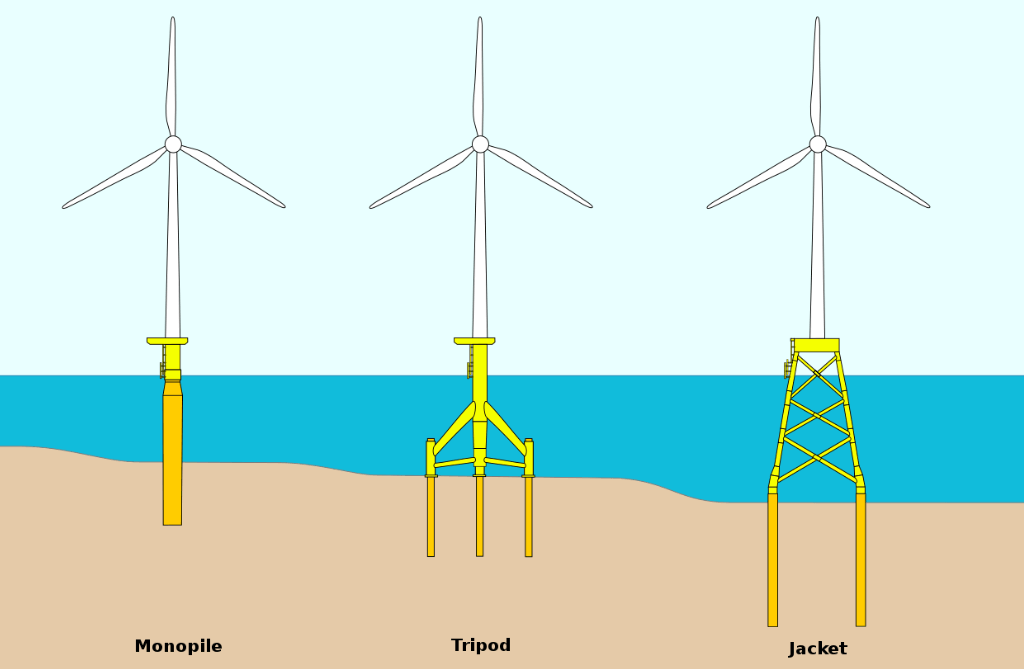
Turbine Installation
After the foundation, the next phase is the installation of the turbine. This massive wind-capturing device converts wind energy into electricity. The process is considerably more complex than fixing a turbine to land, mainly because of the size and weight of the offshore turbines and the difficulty involved in installing them.
For this reason, specialized ships and tools are required to install the turbines. Most of the time, people have to do the installation process in dangerous weather. The turbines must be assembled piece by piece using a crane, with workers suspended in a harness.
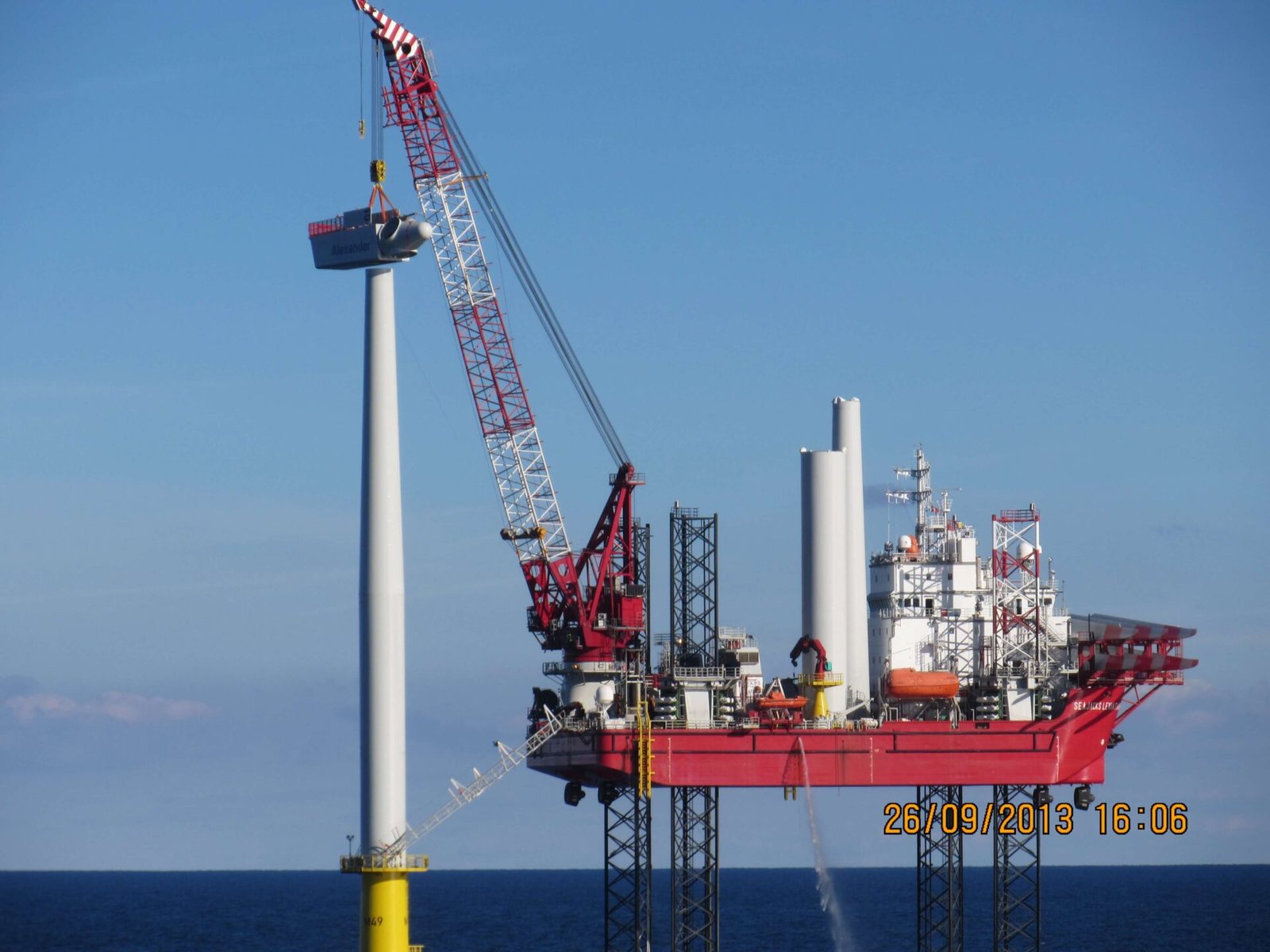
Cable Installation
By now, the offshore wind farm is in place, and it’s time to connect the turbines to form a network that can feed the generated electricity to an onshore grid.
This is where cable-laying ships come into play. These ships have specialized equipment to transport, lay and bury the cables.
The cables are installed on the seabed by burial up to a depth of 2m to protect them from ships and trawls. Finally, the wires from each turbine connect to an offshore substation, which then transmits power to the onshore grid.
Every phase of offshore wind farm installation requires expertise and technical skills. This includes the foundation’s structure, connecting the turbines, and connecting to the onshore grid. It is crucial to innovate to minimize costs and to build systems that can withstand hurricanes and tropical storms.
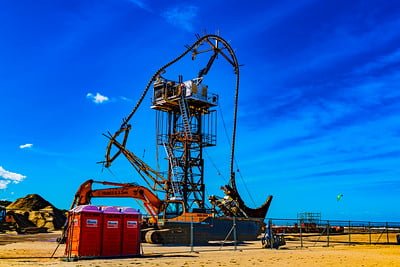
Offshore wind farms around the world
First Commercial Offshore Wind Farm
The world’s first commercial offshore wind farm was built off the coast of Denmark in 1991, and since then offshore wind industry has grown steadily. Today, there are hundreds of offshore wind farm projects worldwide, and the industry will continue to expand. With new technologies such as floating offshore wind farms, there is potential for even more significant growth and a brighter future for renewable energy.
The Largest offshore wind Farm
The world’s largest offshore wind farm is located off the coast of Great Britain. The Thanet Offshore Wind Farm, built in 2010, has a capacity of 300 megawatts (MW). Other offshore wind projects include the London Array, Hornsea One and Two, and Gwynt y Môr. These projects have been particularly successful in Europe, generating electricity for many countries.
The largest offshore wind farm in China is Donghai Bridge, in Shanghai’s Yangshan Deepwater Port. It has a capacity of 102 MW and generates enough energy to power 150,000 households.
In the United States, the first offshore wind farm is in off the coast of Block Island in Rhode Island. The five-turbine project has a capacity of 30 MW and generates enough energy to power 17,000 homes.
The future of offshore wind energy
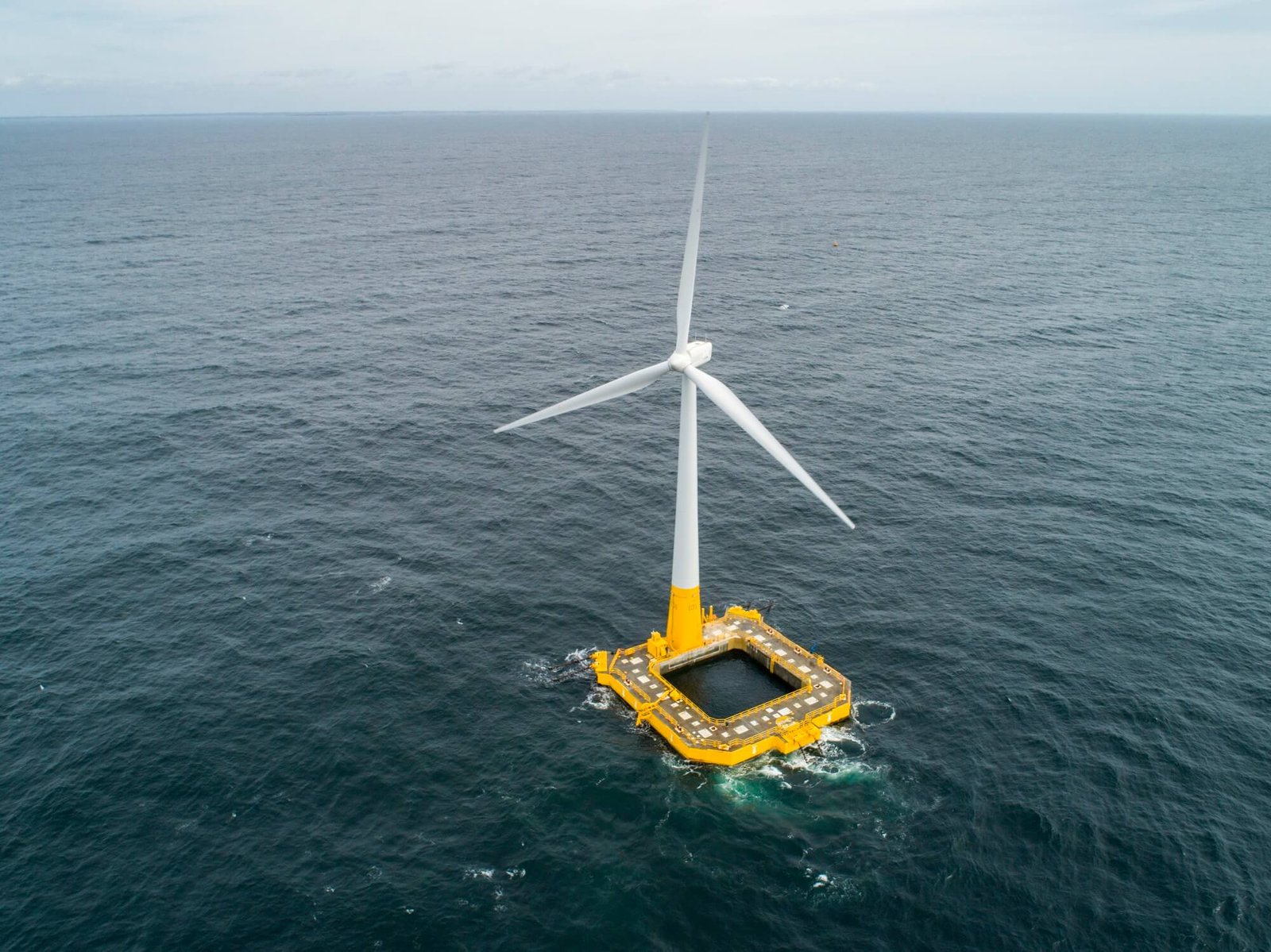
Offshore wind farms have a high capacity factor, meaning they can generate more electricity than land-based wind turbines. Additionally, offshore winds are reliably solid and consistent. In addition to wind power, many researchers pay attention to wave power as an additional form of harvesting renewable energy at sea.
Offshore wind energy power generation will continue to grow in the coming years. Some estimates suggest that by 2050, offshore wind could contribute up to 10% of global electricity production.
Innovations such as floating wind farms could help unlock even more tremendous potential for offshore wind energy. Floating turbines are moored to the seabed but do not need large foundations as they remain on the water’s surface. This could make installing offshore turbines in deep waters easier and more cost-effective, particularly in areas like the Pacific Ocean.
You may also be interested in,
